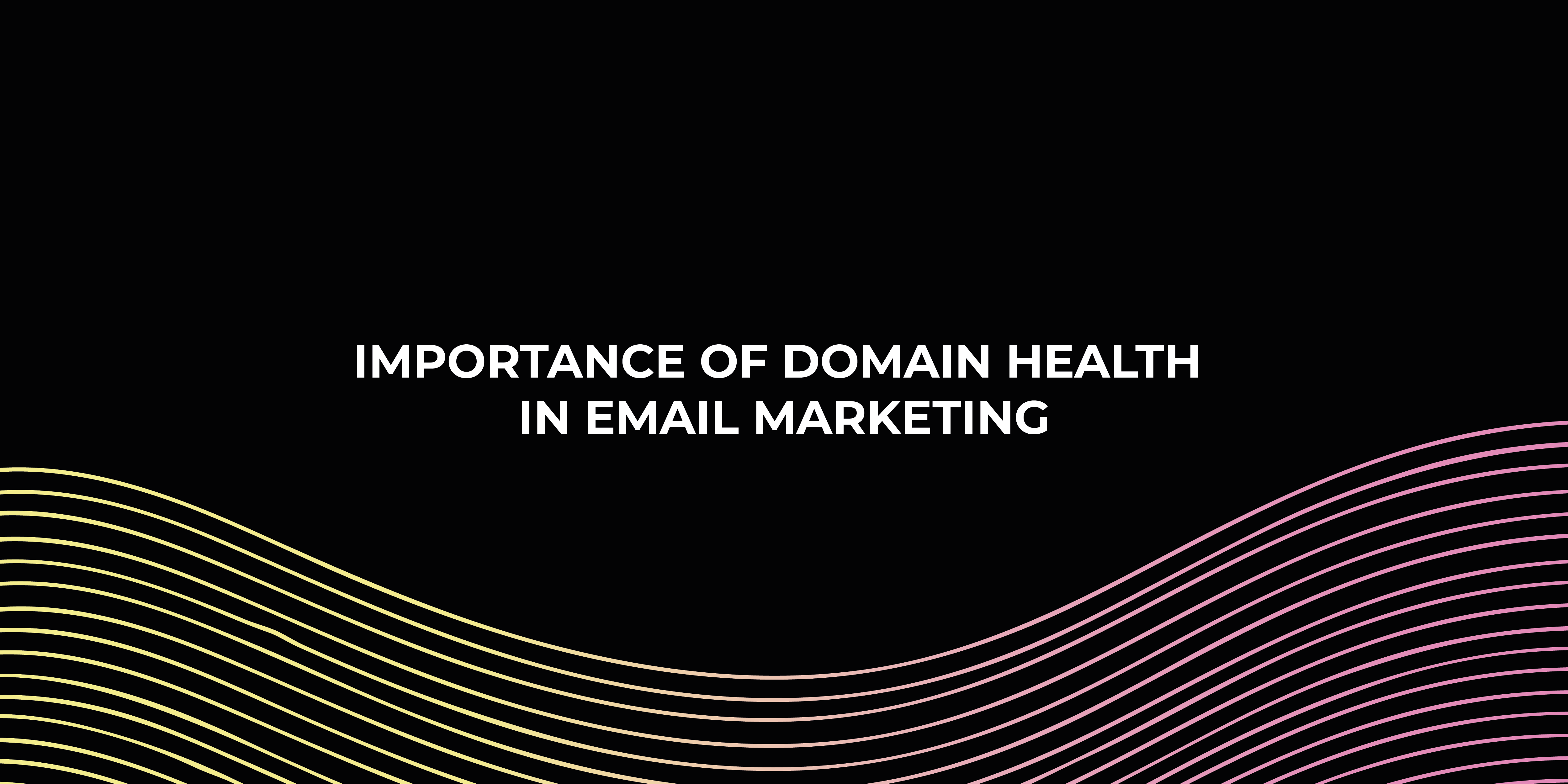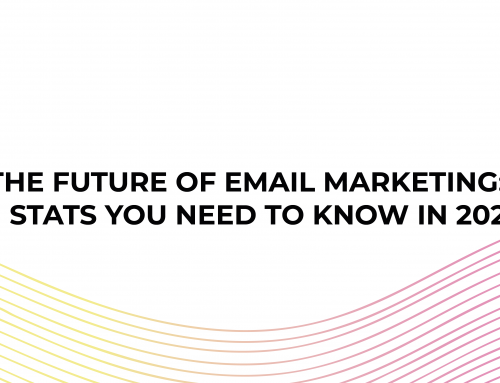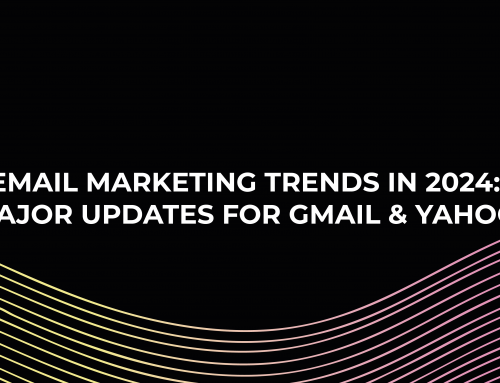Email marketing is the marketers’ favourite playground in every industry. It has grown in tandem with the advancement of technology and communication methods.
One of the essential elements for email marketing success is deliverability, which evaluates how many of your contacts get your emails.
Of course, for your approach to succeed, individuals must first receive your emails. Otherwise, there is no sense in creating flawless material.
Your emails are worthless if they don’t reach the user’s mailbox.
Let me say it again, so you don’t miss it. Email marketing is a huge waste of time and money if your emails aren’t being delivered.
Conclusively, emails need to be delivered and be opened for decision-makers to see them so you can generate that leads.
What is good domain health?
Any focused, successful email marketing campaigns should practice good domain health. Email hygiene entails auditing your email subscriber list and removing incorrect or inactive addresses.
Some experts suggest cleaning your list every six months, but make sure you keep to it whatever period you choose! Bounces may harm your email marketing success. Therefore, it’s critical to detect inactive subscribers or incorrect emails.
What Is the Importance of Deliverability?
The success rate at which an email marketer gets their material into their subscribers’ inboxes is referred to as deliverability. While deliverability includes aspects of email delivery, it isn’t easy to condense it into a single data point. In reality, deliverability is decided by a complicated formula based on a variety of signals, including:
- Rates of participation
- Count of spam messages
- A spam trap is activated.
- Reputation
- Email message content
Senders may improve their deliverability by producing high-quality content and keeping a clean list.
Top Tips on How to Achieve Good Domain Health
While we’re all focused on getting our emails into the inboxes of our consumers, we need to get to the bottom of why they’re ending up in spam. When we begin reverse engineering, we will discover the many variables that are impacting email deliverability. This is a simple remedy to any issue that you may have in your company, and it is always preferable to be proactive in determining the underlying cause before it is too late.
Here are our five email hygiene recommendations to help you enhance the health of your email marketing campaigns.
Set up your IP for success.
The purpose of ISP filters is to protect users from spam emails. How can you convince these censors that your IP address is genuine and trustworthy?
- Begin every email marketing strategy by sending tiny batches of emails.
- Send these messages to addresses you know are busy.
- As these emails are received and opened by engaged people, your IP will begin to establish trust with the ISP.
- Increase the number of emails gradually until you reach your peak volume.
Getting a good open or response rate.
Open rate is the percentage of recipients who opened your email. The greater the number of opens and clicks on your emails, the higher your sender reputation. When your emails prompt people to take action, such as visiting your website, it demonstrates to the ISP that your audience appreciates your emails.
“If your email deliverability has gone down, that means you’ve probably been ignoring your key metrics. Low deliverability is almost like a punishment for sending emails that your subscribers don’t open, don’t click, don’t respond to, etc. etc.,” says Databox’s Director of Marketing, John Bonini.
“So, one of the best things you can do with email is to monitor and improve your email marketing KPIs over time simply.”
Do not spam emails out.
Over time, ISPs will identify patterns in send rates and adjust their metrics accordingly. But a major change, like a sudden, substantial rise in the volume and frequency of emails sent, will alert the ISP to the possibility of a spam virus from this sender, which could result in being delisted or blocked.
Check that your links and CTAs are consistent with the message in your subject line and email content.
Isn’t it annoying when you click a link in an email and then find yourself lost or puzzled on the landing page? A consistent message throughout an email’s subject line, call to action, and linked sites are essential. Your email health score will rapidly deteriorate if your subscribers are often lost when they click through your email.
Clear off your list.
“Cleaning your email contact list is one of the most critical things email marketers can do,” says DDI Development’s Alexandra Zelenko. “While keeping old, non-existent, or inactive contacts may seem like a good idea, it can hurt your email engagement rates and your overall deliverability.”
If you send marketing emails to non-existent users, your bounce rate will skyrocket, and your send credibility will suffer. Remove all passive receivers from your list regularly, screening out any people who haven’t read or clicked your emails in a few months.
High hard bounce (invalid) rates are the quickest method to get your IP to be filtered and blocked. Before launching a new email marketing campaign, you may wish to utilize a premium service to clear any hard bounces.
So, here are a few things to keep in mind:
- Stay away from domain and IP blacklists. Use the Email Blocklist Checker tool to see whether your domain is banned.
- To keep your domain and delivery IPs secure, keep an eye on anti-spam blocklists and Mailbox Service Provider spam alerts.
- Send emails to active users for a certain length of time until the domain’s reputation has been improved.
- Implement an appropriate expiration policy.
- Do not buy the email list.
We hope you will keep these techniques in mind so that you may resolve your deliverability problems.
So, we do our best to study the variables that may improve your domain’s reputation and assist you to have a successful email campaign ahead of you.




